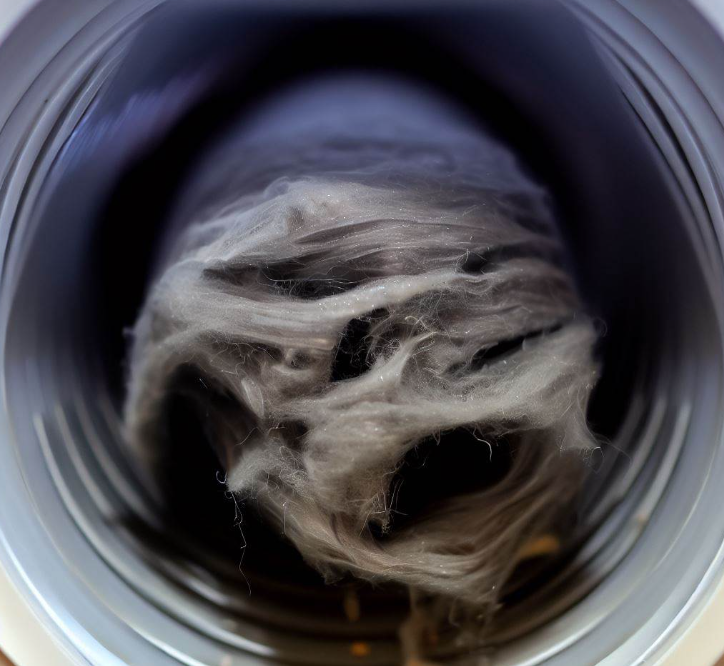Your clothes dryer plays a significant role in keeping your laundry routine efficient, but a clogged dryer vent can hinder its performance and even pose safety risks. Identifying the signs of a clogged dryer vent is crucial for maintaining a safe and well-functioning appliance. In this blog post, we’ll highlight seven telltale signs that your dryer vent may be clogged, empowering you to take timely action and ensure the longevity of your dryer and the safety of your home.
- Excessively Long Drying Times
If you’ve noticed that your clothes are taking much longer to dry than usual, it’s a strong indicator of a clogged vent. A blockage restricts the airflow, causing the drying process to become less efficient and requiring more time to dry each load.
- Damp or Moist Clothing
Similarly, if your clothes come out of the dryer still damp or moist, it’s a sign that the moisture-laden air isn’t being properly vented out of the dryer. This can be due to a clogged vent obstructing the escape of humid air.
- Hot Dryer and Laundry Area
A dryer that feels unusually hot to the touch after a cycle might have a clogged vent. When airflow is restricted, the dryer can overheat, which not only affects its efficiency but also poses a fire hazard.
- Excessive Lint Buildup in the Lint Trap
While some lint in the lint trap is normal, a sudden increase in lint accumulation indicates a potential blockage further down the line. If lint isn’t exiting through the vent properly, it can build up in the trap at a faster rate.
- Burning Odors
A burning smell while your dryer is running can be alarming and is often a sign of lint or debris blocking the exhaust ducts. This odor is caused by the trapped lint heating up and can pose a significant fire risk.
- Visible Lint or Debris Around the Dryer Area
If you notice lint or debris collecting around the dryer or near the exhaust vent, it’s a sign that the vent isn’t expelling lint properly. This debris buildup can indicate a clog and should be addressed promptly.
- Flapping or Noisy Vent Hood
The vent hood outside your home should have a flapper that opens when the dryer is in use and closes when it’s not. If you observe the flapper not opening or making unusual noises, it’s a sign that airflow is restricted.
Conclusion
A clogged dryer vent can lead to a range of issues, from decreased efficiency and longer drying times to safety hazards like fires. Recognizing the signs of a clogged vent is essential for addressing the problem before it escalates. If you notice any of the signs mentioned above, it’s crucial to take immediate action. Start by inspecting and cleaning the lint trap, checking the vent hood, and examining the exhaust system for blockages. If the issue persists, consider seeking professional assistance to thoroughly clean and maintain your dryer vent system. By staying vigilant and addressing clogs promptly, you can ensure the safety, efficiency, and longevity of your clothes dryer.

